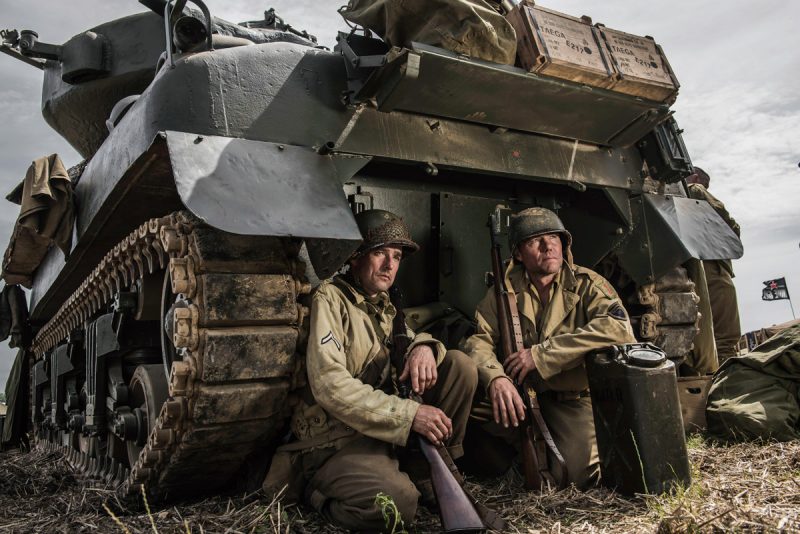The inmates broke into the weapons room but could not leave the castle. The woods surrounding them were full of Waffen SS and Gestapo.
Wars are full of strange stories and battles, but there are very few instances where German and American troops fought together in WWII.
There is one battle which is thought to be the only instance of this: the Battle for Castle Itter which occurred in May 1945 in the Austrian Alps.
Castle Itter is a fortress originally built in the 13th century and rebuilt in 1532. In 1878, the castle was renovated and eventually turned into a hotel in the early 20th century.
When the war reached Austria and the Third Reich took control, it was rented to the German government.
The use of the castle would change again in 1943 when it came under the administration of the Dachau concentration camp.
“The hotel was turned into a prison for VIP prisoners and political prisoners whom the Nazis viewed as potential bargaining chips” – from the book The Last Battle by Stephen Harding
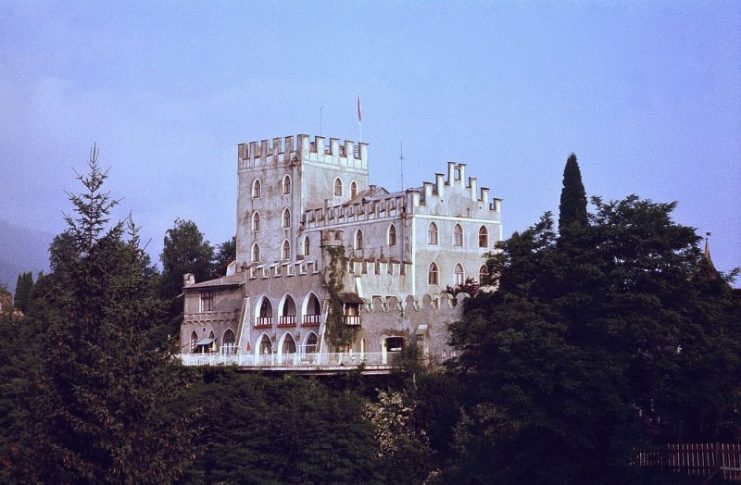
By the end of the war, the remaining prisoners in Castle Itter were two former French prime ministers, a former general of the French army, the sister of Charles de Gaulle, and a former champion tennis player.
The prisoners were housed in converted guest bedrooms and had gardens to walk in during the day.
However, in 1945, the fortunes of Germany were changing. Food, as well as fuel, was becoming scarce.
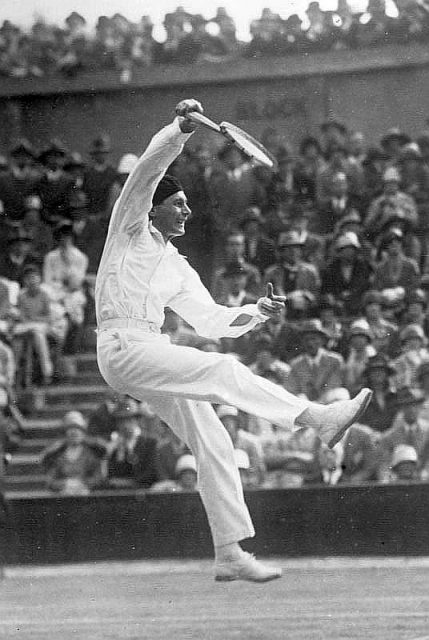
The prisoners started to become nervous about their safety and spoke with the SS officer in charge, Sebastian Wimmer.
“Wimmer assured the prisoners that their deaths would not be compatible with German post-war interests”. – from the book The Last Battle by Stephen Harding
Wimmer said he would help them escape this plan did not come to fruition due to a constant stream of SS officers arriving at the castle. Castle Itter was turning into a way station for SS officers and their families as they fled the Allied forces.
When Eduard Weiter, the last commander of Dachau, settled into the castle with his family, the prisoners were sure it was the end.
However, Weiter was not planning their deaths as he committed suicide on May 2. The suicide prompted Wimmer to flee the castle with his wife.
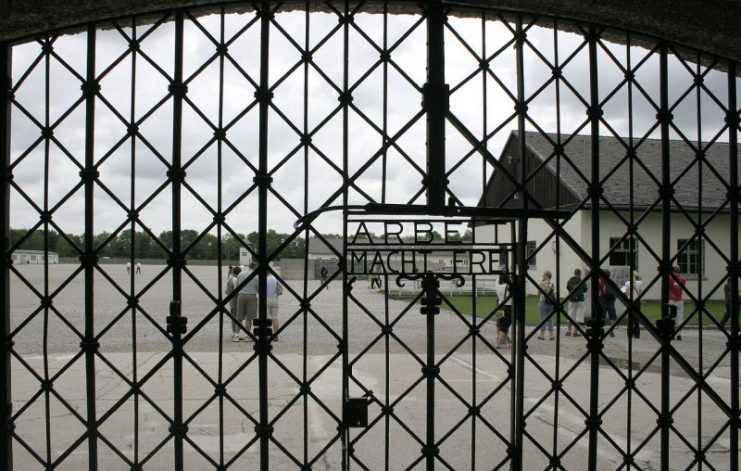
With the commander gone, the rest of the guards in the castle left as well. By May 4, the former prisoners were all alone in the castle.
The inmates broke into the weapons room but could not leave the castle. The woods surrounding them were full of Waffen SS and Gestapo.
Two men were sent out to try and get help from the advancing American troops. One of the men, Zvonimir Cuckovic, made contact with American troops under the command of Major John T. Kramers.
The other man, Andreas Krobot, encountered Major Sepp Gangl, a German officer who was working with the Austrian resistance.
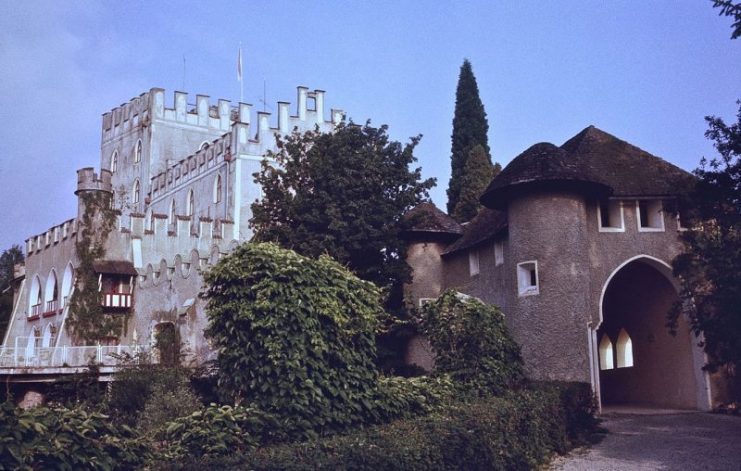
The assistance offered by the 103rd Infantry Division led by Kramers included a small task force with four M10 tank destroyers, three jeeps, and a truck carrying a platoon of men. But they would take time to arrive.
Gangl was not able to offer the same assistance as only a few men were left in his unit.
To bolster the rescue team numbers, Gangl made contact with the 23rd Tank Battalion of the US 12th Armored Division. The battalion was led by Captain Jack Lee who offered to lead the mission with two Sherman tanks, five M4s, and crews from the 142nd Infantry Regiment.
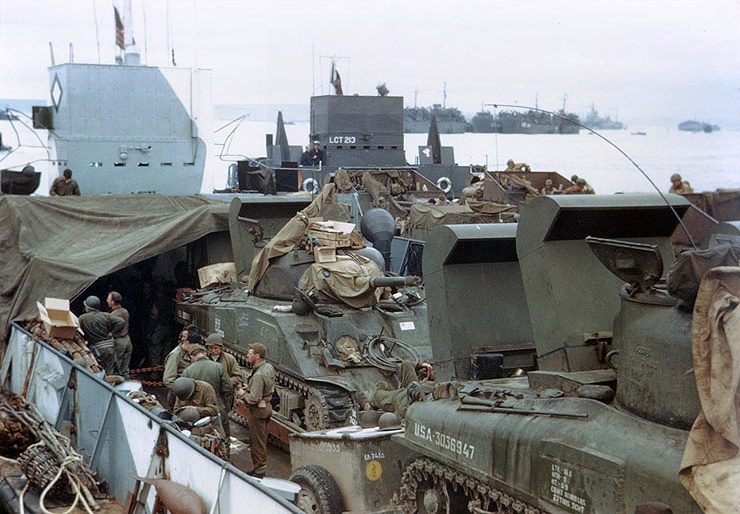
By the time the rescue troops reached the castle, they were left with one tank, seven American soldiers, and a truckload of German fighters. The other Sherman tank and troops had been left in the town of Wörgl to defend the main road leading in.
The former prisoners of Castle Itter were less than impressed by the troops and many did not take kindly to the American commander.
Regardless of their sentiments, Lee knew what he needed to do. He created a list of all the former prisoners and placed the Sherman in front of the main gate.
Lee knew that his small number of troops would not be able to win an outright fight but was sure that the thick walls of the castle made it a good defensive position to hold.
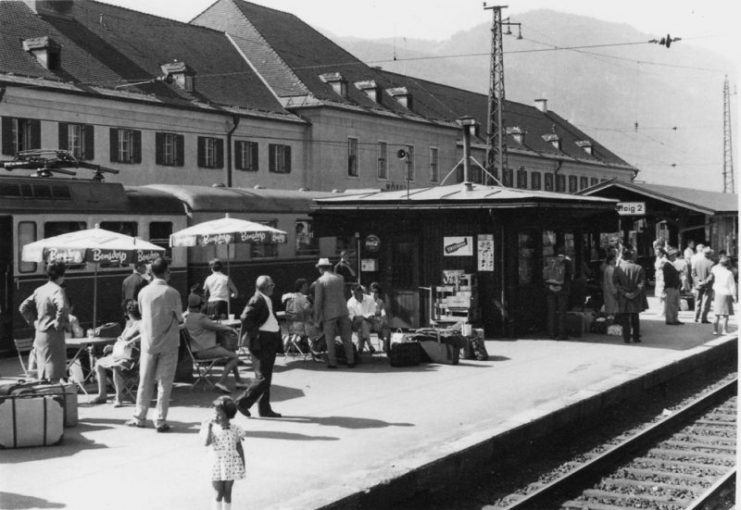
His idea would be tested sooner than anyone could imagine. A Waffen-SS assault on the castle came on the morning of May 5.
Machine gun fire rained down on the castle walls and was returned by the forces inside. The Sherman tank was destroyed by an 88mm anti-tank gun just before the general attack began.
The attacking forces were unable to penetrate the walls of the castle, but they did kill and wound several of the German soldiers.
Among those killed was Major Gangl who was taken out by a sniper as he and Lee tried to spot the anti-tank gun.
As the fighting continued, the troops led by Major Kramer would arrive in Wörgl. Kramer was able to get through to Lee and report that they were coming to help.
The help could not come quickly enough because the American and German fighters were running out of ammunition. This led Lee to accept an offer from former tennis champion Jean Borotra to leave the castle and guide the oncoming American forces.
Borotra slipped out of the castle during a lull in the gunfire and dashed across 40 yards of open land. He evaded several groups of SS soldiers and made his way to Wörgl.
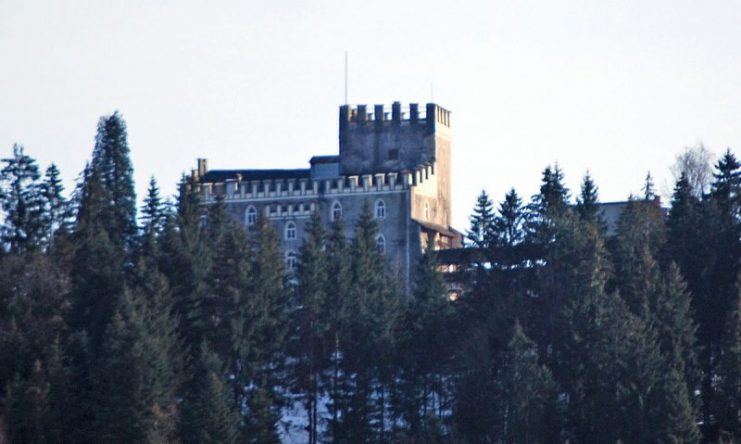
Being the pragmatic leader he was, Lee decided to pull the rest of the former prisoners and soldiers into the castle’s keep.
As the men left their defensive posts, the SS felt they were winning. This changed when they prepared an anti-tank shell for the gates and were confronted with gunfire from behind.The relief column had arrived, and the battle for the castle was over.

Make sure you get this well researched book by Stephen Harding and you can buy yours here Amazon
Lee would be honored for his leadership in the battle with the Distinguished Service Cross. The German fighters were marched to a POW camp, and the French political prisoners would shape the future of post-war France.
